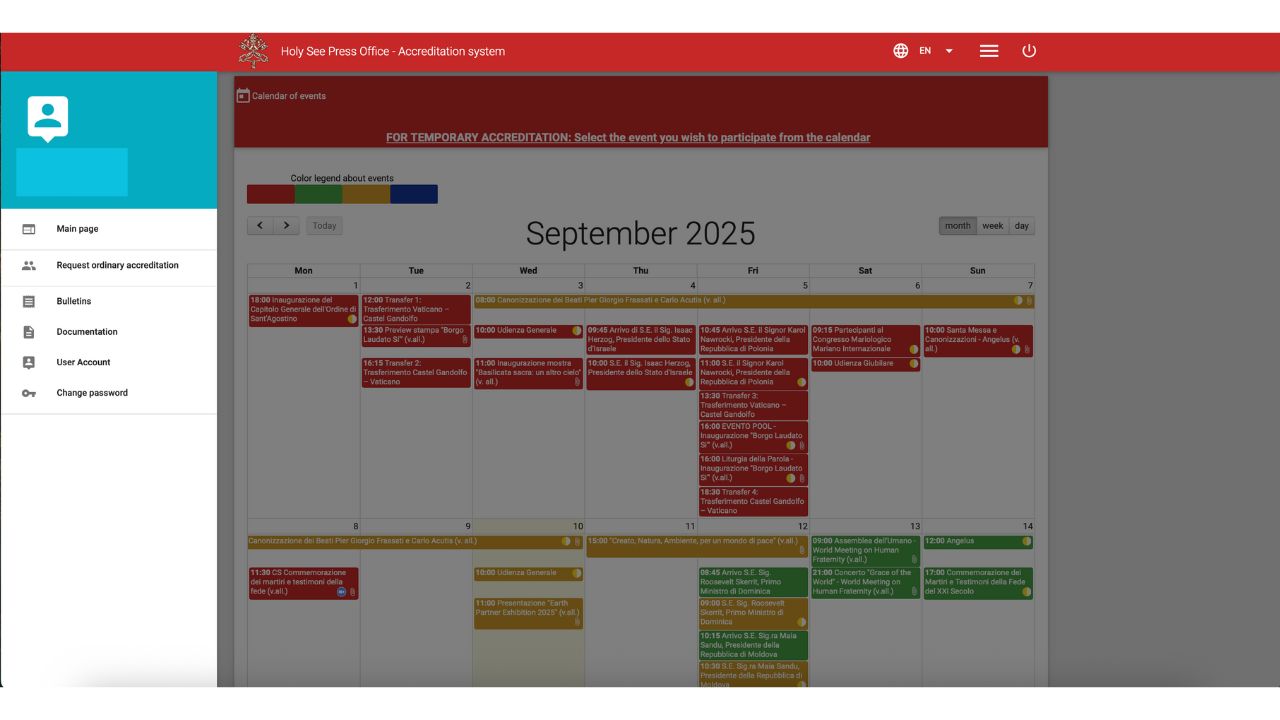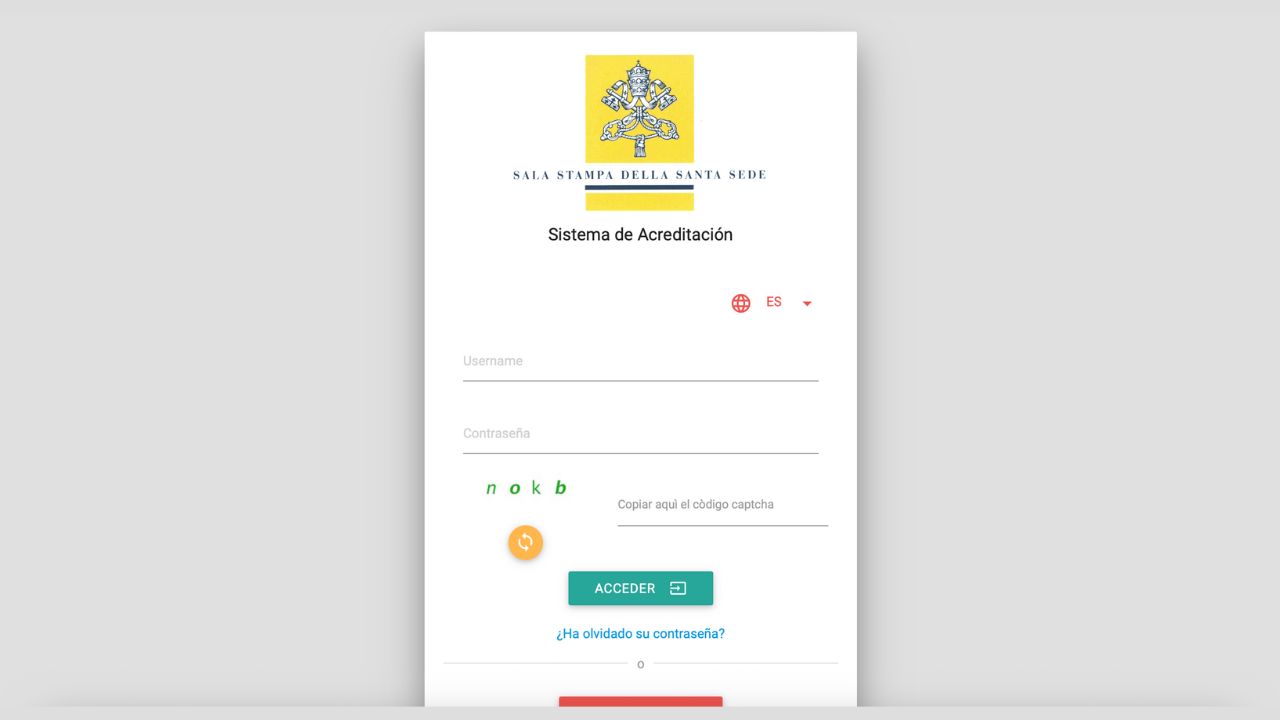Vatican City – A dicastery that should guarantee transparency, accessibility, and professionalism, yet in reality has become nothing more than a rubber wall. The Dicastery for Communication, entrusted to Paolo Ruffini, Andrea Tornielli, and Andrea Monda, today represents one of the most striking paradoxes of the Holy See: it is the dicastery that absorbs the most resources, employs the largest staff, and manages a staggering budget—yet it operates with the inefficiency of the worst Italian public office. A place not governed by order or service, but by amoral familism, incompetence, and institutionalized laxity.
No one answers emails. To get a response, one must call two or three times, send follow-ups upon follow-ups. It is the same script seen in countless Italian offices: you call a registry, a municipality, a regional office, and at the other end someone half-asleep picks up—origins often too easy to guess—someone with no intention of working, wasting hours of your time. People who know they will never be moved because they hold a posto fisso—the “permanent job” made famous by comedian Checco Zalone.
The very same scene repeats itself at the Dicastery for Communication, led by Paolo Ruffini and Andrea Tornielli. It drains more resources than any other Vatican body. Yet those millions go mostly to salaries, because while the number of employees is large, the desire to work remains optional.
It is a dicastery that often finds itself dealing with a category arguably more problematic than a psychiatric ward: the news vendors. To this are added individuals who are not journalists at all, yet flaunt titles and demand privileges. When it is pointed out that their presence is unwelcome—not because they raise serious questions but because they display obvious psychological issues—the reaction is immediate: threats, personal insults directed at the leadership, even dragging in family members and state agencies (sic!). There are even those who, without being journalists, want to be admitted into journalists’ associations. It’s as if someone who never studied law were to demand membership in the Bar.
A toxic and problematic environment, one that anyone with a minimum of sense and faith wisely avoids. But the ego, combined with the obsession with “being someone,” corrodes certain individuals—especially those who make a living by copying others’ news, accumulating criminal cases, and parading as journalists without even a press card. The result: the air at the Dicastery for Communication, and especially in the Vatican Press Office, is absolutely unbreathable.
One fact cannot be ignored: appointing figures from the world of journalism to lead papal and ecclesial communication is a deeply misguided choice. Because, as Leo XIV has repeatedly reminded us, the Church is not called to communicate according to the logic of these jugglers of fake news.

A journey into the magical world of “Piazza Pia”
On the phone, no one answers. And when, by sheer chance, someone does pick up, it is not unusual for them to hang up without even saying hello. Should you stumble upon an employee who—for an hour—decides to grace their desk, the scene is this: they ask for your email, open the message you sent two weeks before, and read it aloud while you, on the other end of the line, are forced to listen to your own email.
In today’s Vatican, which has become the refugium peccatorum of ex-convicts and the discarded of Italian society, one rule prevails: friendship with the powerful of the moment. If you are a friend of Andrea Tornielli, you can bypass the offices and write him directly. You’ll get a reply—if you’re “one of his.” Do you want a photo free of charge? No problem—if you are in the circle, everything is granted. If not, you can bang your head against the wall: no reply will ever come.
The same treatment is reserved by many other “important laity” within the dicastery. This is the daily reality faced by those who try to cover the Pope and the Holy See—news outlets, professionals, the faithful. And with the Jubilee approaching, the obstacle becomes even more insurmountable: media outlets wishing to collaborate with the dicastery find themselves facing a rubber wall. The first obstacle is the very institution meant to facilitate the work, and instead makes it impossible.

Press credentials: a circus
The online portal for journalists and media outlets is, bluntly, more embarrassing than Vatican.va. Outdated, poorly designed, graphically unacceptable, and above all useless. Registration is a nightmare, access so convoluted it discourages anyone with even a shred of motivation left. Many have long given up.
The platform is practically inaccessible, not even linked on the Vatican’s institutional site. Random pages open as you try to log in. While the rest of the world rushes into artificial intelligence, the Dicastery for Communication remains stuck at the stone tablets of the Law and Jobel. To get accredited, you must submit endless documents, which will be demanded again for each new event. The idea of creating an account that stores user data is apparently too complex across the Tiber. Let us not forget: this is the dicastery that, through its usual friendly journalists—good only at copy-paste—touted the “historic” redesign of Vatican.va. In reality, it was nothing more than a coat of white paint on a collapsing farmhouse. And, just like in Italian public offices—registries, municipalities, regional governments—when you submit a request, the answers are always the same: “No, this won’t do,” “That line is missing,” “You have to write it like this,” “Sorry, it’s 12:59, too late now, let’s talk tomorrow. Oh wait, tomorrow’s Saturday. So Monday.” The average Italian—lawyers especially—endures this daily in crumbling tribunals and prosecutors’ offices. But the foreigner, faced with such inefficiency, tries once and then gives up. What they spread abroad is simple and devastating: “The Pope’s communication? A disgrace.”

Between nepotism and bans
If you are a diocesan media operator trying to get accredited for your diocese’s Jubilee event, prepare for a true Calvary. On the prehistoric 0.0 platform of the Dicastery for Communication you’ll find no trace of it: since it’s not “worldwide,” it simply doesn’t exist. Communion in work? Nothing more than a slogan, relegated to error-filled Apostolic Constitutions drafted by Gianfranco Ghirlanda and poorly written by Marco Mellino. In practice, the Vatican cannot even coordinate a single initiative.
The same is true for graphics. In recent years, graphic designers and pseudo-designers have multiplied endlessly, scattered throughout the Vatican institutions, each working in their own private corner. An entire Dicastery for Communication exists, yet it cannot ensure a coordinated service for the rest of the Vatican. People rightly ask: “With results like this, should I really trust them?” And one can hardly disagree. But the point remains: those who are incompetent should not stay in their posts.
The Holy See is—or should be—an institution of the highest level, at the service of the Pope. Not a recreational club, and certainly not a branch office of Caritas.
And yet, inside the Vatican, rules are bent depending on who you know. Filming is forbidden without authorization—except, of course, for those with the right friends, backed by the usual cleric whose “generosity” is never disinterested. Stick close to him, and not only will you get into any restricted area, but he will even take your photos himself with the latest iPhone, even in the most sacred corners of the Apostolic Palace. If, however, you prefer to follow the rules and avoid favoritism, you will quickly find yourself blocked by the typical Vatican gendarme—hired through a monsignor’s connections—ready to remind you that you cannot film, cannot photograph, cannot even breathe.
Meanwhile, if you climb the altar of St. Peter’s Basilica and smash candlesticks, desecrating the sacred space, the gendarmes reward you with applause. If you drive recklessly into Vatican City, don’t worry: a white carpet awaits you in the Cortile del Belvedere. If you project anti-Leo XIV videos on the Apostolic Palace, you’ll receive stamped paper and official letterhead, along with warm wishes for your work. But if you dare to simply do your job—report on a papal event or cover your diocesan celebration—forget it. That is precisely when they remind you that you cannot do “as you please.”

Want to cover the Pope? Pay up!
“Press passes can be collected between 11 and 1,” they tell you in the Press Office with bureaucratic detachment. If you’re arriving from Sicily and your flight lands later? Your problem. But the insult doesn’t end there: press passes at the Holy See Press Office come at a price. Translation: if you want to cover the Pope, you need to pay. A handful of euros.
Naturally, not everyone. Friends get exceptions—eyes are willingly shut. It is the same system that governs photos and videos. If you are in the circle, you can use your photos freely; indeed, woe to those who touch the “old Vaticanologists.” But if you are not in the club, or worse, if you dare expose the corruption, then the ambush awaits: pay, pay, pay! The message is clear—if you want to cover the Pope, you must pay at the door. And yet, anywhere else in the world, the press is welcomed with an entirely different spirit. In any other context, the fact that there are still people willing to tell the story of the Church and the Pope, despite these absurd dynamics, would be reason to fall on one’s knees in gratitude, light a candle to St. Januarius, and thank God.
To be continued…
F.G.
Silere non possum